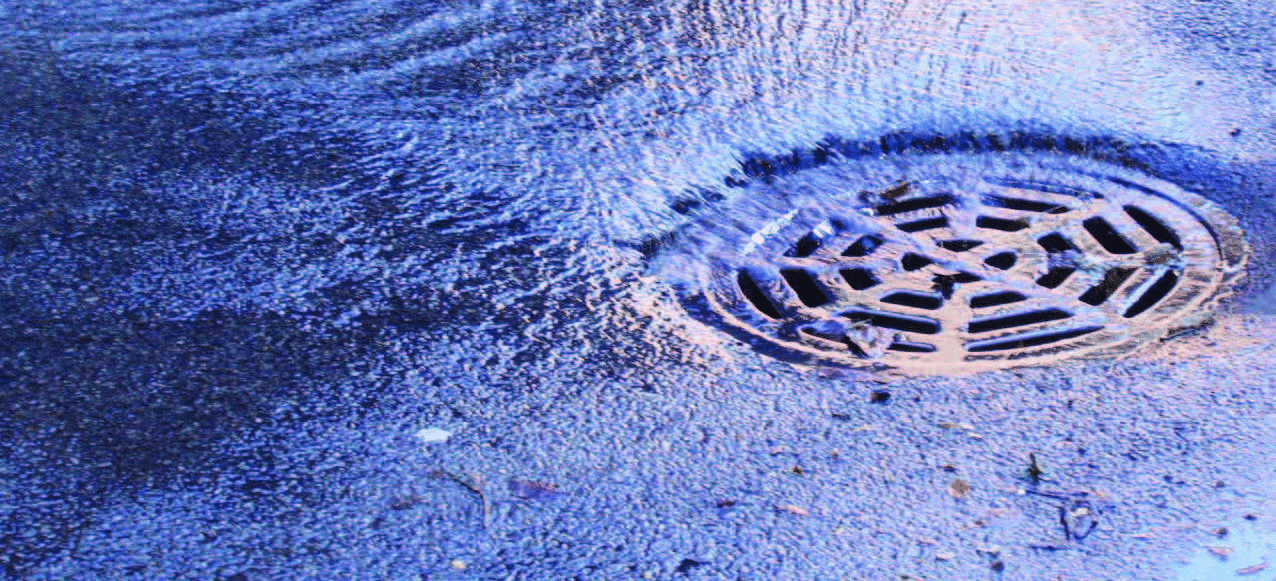Self-serve owners miss their chance to go green and save green when they ignore water reclaim systems.
Cutting consumption and discharge

Reclaim Your Drains – Uses and Installation
- How far can the tanks be from the equipment?
- Is there space in the equipment room?
- Where do the trenches need to be cut for pipes?
Dangers of ‘Midnight Dumpers’
The self-service operator takes on special risks when recycling water because there is little control over what is put into carwash drains. Self-serve carwash patrons tend to dump many different types of pollutants into trenches, according to David Roberts, president of Freytech Inc.
The most common substance put in the drain is used oil from an oil change. People will change their oil in a carwash bay when they feel that no one is looking, and this oil goes into the sewer or, even worse, into the reclaim system.
Taylor said “midnight dumpers” have also been known to empty RV holding tanks, dump buckets of paint, empty car-pet cleaning trucks and even clean their kill after a weekend of hunting in wash bays. This promotes a fear of water recycling amongst self-serve owners because all of these actions could be detrimental to most water reclaim systems.
There are some steps that operators can use to greatly reduce dumping and to minimize the effects, Taylor said. Posting signs and surveillance cameras, even fake ones, is usually a very effective method for reducing illegal dumping. Another way to protect the system is to divert the bay pit drains to the sewer during off hours. By opening a valve to drain to the sewer during these hours, the risk of system contamination is greatly minimized.
Still, Taylor said the best step one can take is to ensure that thereclaim system purchased can be easily recovered from contami-nation. “Check with the manufacturer prior to buying the reclaim equipment,” he recommended. “Ask what will be required and how much it will cost to revive the system if someone contami-nates the water.”
“If the manufacturer is reluctant or hesitates to reclaim a self-service carwash, he probably has good reason, look for the flags,” Taylor continued. “There are a few systems that can and do reclaim self-service bays. It’s important to do your homework to find out what works and what doesn’t.”
Oil/water separators
With the concern of used oil being dumped into drains, it is easy to see how an effective oil/water separator could be a good addition for a self-serve carwash. Especially considering carwash owners are solely liable if they surpass legal oil discharge limits in sewers. Roberts said discharging above these limits can result in “hefty monetary fines.”
For this reason, Roberts said carwash owners should consider installing an oil/water separator whether they reclaim water or not. Lower-priced systems are available today where existing tanks can easily be retrofitted to include a separator, and this means installation can occur without breaking up concrete or securing permits.
In the U.S., the oil discharge limit is generally set at 10 parts per million (ppm), according to Roberts. A good underground or above ground oil/water separator can lower the oil con-tent of draining water to below 5 ppm. Even without midnight dumping, there will always be some oil and grease in carwash runoff, and it’s very important to get the oil out — especially if a wash is using a reclaim system.

“From an environmental standpoint, it’s of course impor-tant, but also for the quality of the wash, using recycled wa-ter,” Roberts said. “It’s very important to get the oil out be-cause even trace amounts of oil can have a negative impact on the way the chemistry works for the soap, shampoos and drying agents.”
Roberts explained that the oil/water separators basicallywork because oil is lighter than water. The separators uses a coalescing media to combine the tiny oil droplets present in water, and, as they coagulate, the oil immediately rises to the top. Here, the oil can be removed from the tank by an auto-matic oil draw-off device (ADD). The oil removed is 99.7 per-cent pure, free of water, and it can be recycled or used in oil heaters.
What’s that smell?
The foul odor that is often associated with reclaimed water can be one of the fastest ways to lose customers. “Be sure the system addresses complete odor control. Get an odor control guarantee in writing from the manufacturer,” Taylor said. “Beware if they cannot or will not offer an odor control guarantee with the equipment.”
Oil/water separators can also help with the pit odor associated with reclaim water systems, mainly because oil is one of the main culprits when it comes to odor. “Oil attracts germ growth, and once the germs start to replicate with the oil, it’s really exponential growth,” Roberts said. “You need degerming technology.”
Taylor said early reclaim systems did not address all the issues required for proper water reclaim. In the early stages, the manufacturers were still experimenting with equipment and technologies to combat the foul water odor and provide a reasonable water quality for reuse.
“Reclaim system technologies have come a long way over the last 10 to 15 years. Systems today are much more automated, [they need] much less maintenance and most properly address odor issues.”

